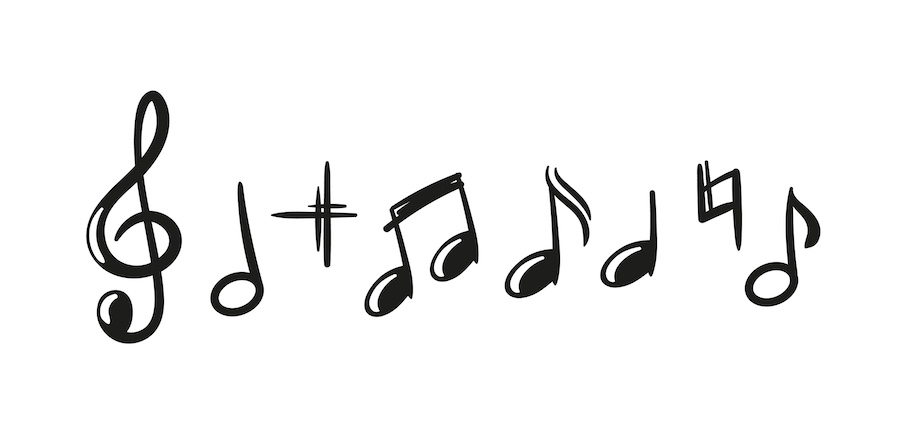
Practicing Sight Reading in 15 Minutes A Day
One key skill in playing music is “sight reading”, the ability to play a piece of music that you've never played before, simply by reading it off of a page of written music. Being a good sight reader means that you can learn the basic elements of a song quickly, which then allows you to focus on expression. Instead of just hitting the notes, you can start making music.
Set the foundation for sight reading with these tips and then you’ll be ready for your daily practice.
Get the fundamentals down
Before you can sight read effectively, you need to ensure that you know pitch and rhythm notation. One effective tool for practicing these building blocks can be flashcards. Being able to identify notes quickly is essential to sight reading well, and using flashcards can help you get comfortable with reading individual notes quickly. You can even make a game of it – shuffle your flashcards and see how quickly you can make it through the entire deck. Practice with a friend and see who’s faster!
Use sight reading resources
You can purchase books that are specifically geared towards developing sight reading skills, which use a series of progressively harder exercises to introduce different tonal and rhythmic elements. However, you can also use a book of etudes or exercises that is slightly easier than what you normally play. Any piece of music that you haven’t played before can be used for sight reading practice.
Practice makes sight reading perfect
Like any artistic pursuit, sight reading takes consistent practice. Try to carve out 15 minutes a day to focus on engaging and developing your sight reading skills. Here are some tips for structuring your practice time.
1. Set the stage. As with any practice session, make sure your practice space is quiet and free from distractions. Set digital devices on Silent and put them aside so they won’t distract you.
2. Use your eyes first. Before you begin, look over what you’re sight reading and identify important pieces of information like the key signature, meter, and any accidentals, repeat signs, or other markings.
3. Focus on reading pitch and rhythm separately until you feel comfortable doing both. Practice note reading first by playing the pitches to a steady quarter note beat. Then clap or speak just the rhythm. Last, try playing the excerpt (notes and rhythms) on your instrument. Eventually, you’ll feel more able to sight read notes and rhythms simultaneously.
4. Use a timer. By using a timer you can prevent your mind from feeling like it has to watch the clock during your practice sessions. Focus your attention fully on your sight reading practice, and you’ll be a sight reading master in no time.
